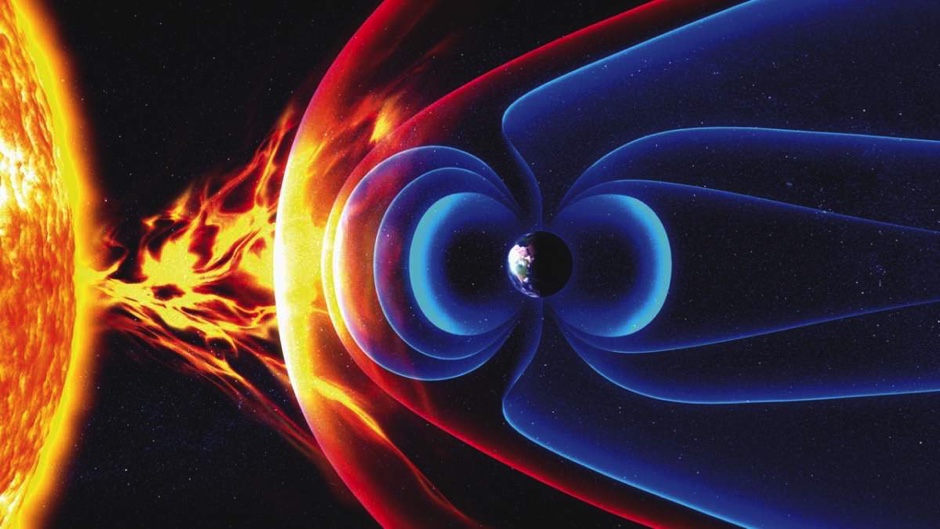Scientists have pointed out that the suitability of an alien world may not be determined at all by its distance from the star, and hence its degree of luminosity. Instead, they suggested that the characteristics of the luminary’s magnetic field and its interaction with the planet were the determining factors.

Where is the “habitable zone” of a star
David Alexander and Anthony Atkinson, two researchers from Rice University have proposed a redefinition of a “habitable zone,” the stay in which an Earth-like planet makes it potentially habitable for Earth-like organisms. This is stated in a paper they published in The Astrophysical Journal.
Earth-like planets are planets that resemble Earth in mass and radius. However, modern theories say that their chemical composition will somehow be similar to what we are used to. However, in order for them to actually become habitable, they must also receive an appropriate amount of energy from their star.
This is only possible within a certain range of distances, which are determined for each star separately because they are determined by its luminosity. This is what is called the “habitable zone.” However, the new study instead points to the need to study characteristics of the star’s magnetic field, such as the Rossby number (Ro).
Magnetic field and planetary viability
The Rossby number is the ratio of the rotation period of a star to the rotation time of its convective zone. It allows us to determine the Alfvén radius, the distance at which a planet’s magnetosphere is reliably isolated from events on its star.
If this condition is not fulfilled, the luminary will sooner or later destroy the magnetic field of the planet. And the latter is very important to protect a potentially habitable world from the high-energy particles that a star generates, especially those that fly out of it during outbursts. They are not only dangerous to organic life, but can “blow away” the entire atmosphere and hydrosphere.
Therefore, according to the authors of the study, the potential viability of the planet should be determined by the Alfvén radius. Because whatever’s inside it can’t be at all Earth-like.
The researchers analyzed how the star’s magnetic field affects the 1,546 known planets. It turned out that only two of them – K2-3 d and Kepler-186 f – are really viable from the point of view of the existence of an effective magnetic field. This very much narrows down the possibility for life to exist outside the Solar System.
However, in reality, it’s not so bad. The authors themselves said that their study used a maximally simplified model of interaction. And most of the Earth-like exoplanets known to mankind are “pressed” close to their luminary and this is very distorting statistics. However, the magnetic field is really important in determining the suitability of an alien world for life.
According to phys.org


